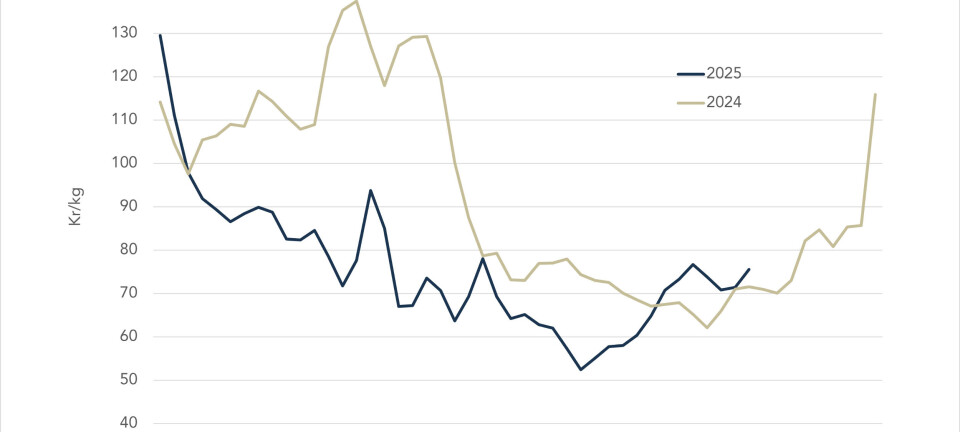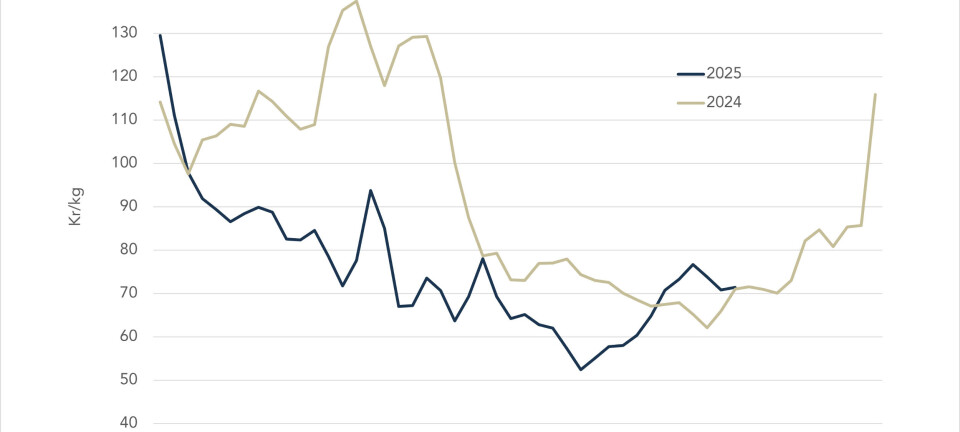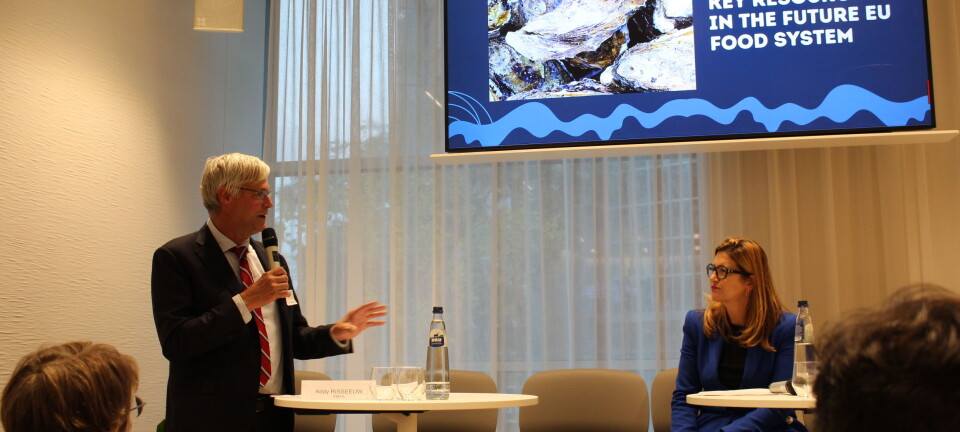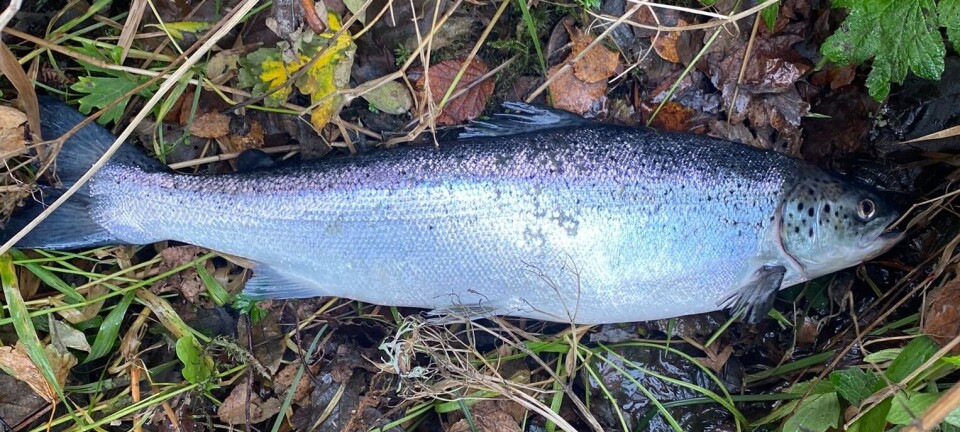
Salmon farming now worth nearly £1bn a year to Scotland's economy
Report shows value has increased by 25% in four years
Salmon farming now adds more than £950 million a year to Scotland’s economy, an independent study commissioned by the sector shows.
Analysis from BiGGAR Economics for trade body Salmon Scotland reveals that the sector’s economic contribution has increased by a quarter over the past four years, driven by rising domestic and international demand.
The new report also finds that the average, or mean, wage in salmon farming is about £44,500, generating at least £37 million in tax last year, with more through the supply chain. This wage is 16% higher than the median wage in Scotland, although mean (average) and median (middle) figures are calculated differently, limiting the value of the comparison.
This is more than just an economic headline, it is a testament to the resilience, innovation, and commitment of everyone involved in the industry.
The latest figures have been welcomed by the Scottish Government, with Deputy First Minister Kate Forbes praising the sector’s contribution to jobs and growth during a meeting with sector leaders in Edinburgh yesterday.
“This report shows the significant benefits that salmon farming provides to our rural communities and beyond. This is more than just an economic headline, it is a testament to the resilience, innovation, and commitment of everyone involved in the industry,” said Forbes.
“This is a sector that continues to invest in its people, with average salaries being significantly above the Scottish average. It is also an industry that brings benefits to the country’s wider supply chain.
“The Scottish Government will continue to take bold steps to support the sector’s ongoing sustainable development and to ensure it remains a Scottish success story.”



Figures from BiGGAR Economics show a direct economic contribution of £231.2m in Gross Value Added (GVA) in 2024.
The sector also indirectly generated a further £589.9m in GVA through its supply chain, supporting jobs in every part of Scotland, including the major cities.
There was an additional £66.5m contribution from investment activity and £65.5m from staff spending, benefiting local businesses and communities all year round.
Taken together, the total economic impact reached £953m, around 25% higher than the £766m recorded by Salmon Scotland in 2021.

Salmon Scotland chief executive Tavish Scott said the report underlines the hard work of farmers across Scotland’s west coast and islands, with record exports and continued investment driving growth at home and overseas.
“Farm-raised salmon is the economic backbone of some of Scotland’s most isolated areas, creating thousands of well-paid jobs and opportunities, and supporting a nationwide supply chain of businesses that depend on its success,” said Scott.
“Everyone in the sector is part of a global success story built on high environmental and welfare standards, producing one of the healthiest and best-tasting foods in the world.”
'A vital economic anchor'
Nikki Keddie, director of BiGGAR Economics, said: “Our report describes Scottish salmon farming as a vital economic anchor for rural and coastal Scotland, supporting thousands of skilled jobs and a network of businesses across the country.
“It concludes that the sector provides stability and opportunity in fragile rural economies, underpinning year-round employment, investment, and community resilience.
“Each job in salmon farming generates above-average economic value, with productivity well ahead of the national average.”
Read the full report here.























































